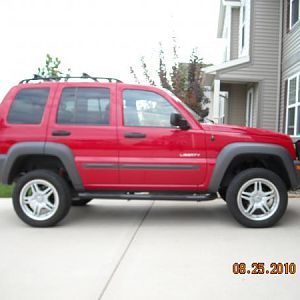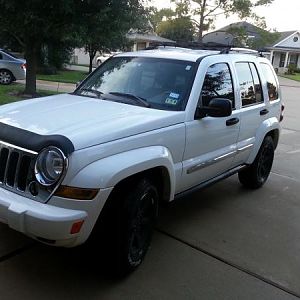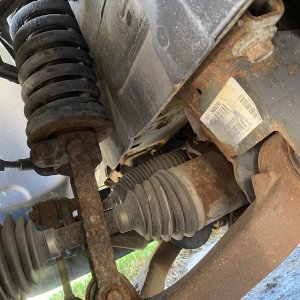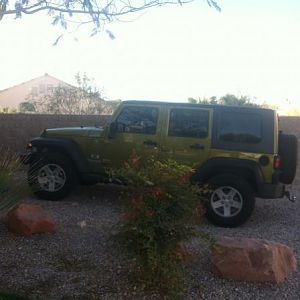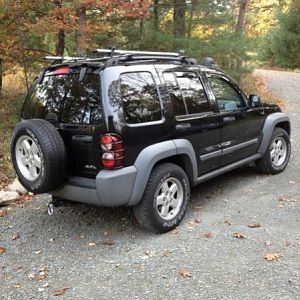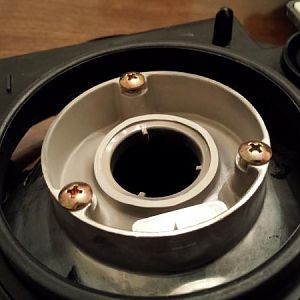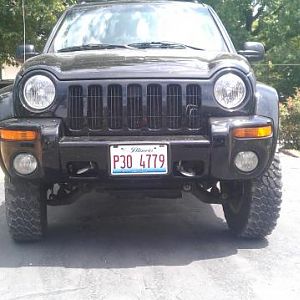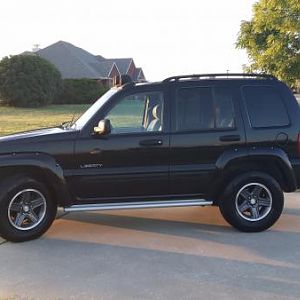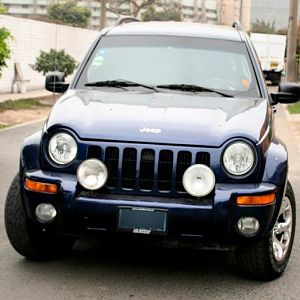The duration changes to keep the valves open longer for better intake, and exhaust; of course. Lift? That puts more strain on it more than duration does.
Lift is the linear measurement of how far off-seat a valve extends at its farthest point, which should be a direct relation to the measurement of the cam's lobe at its apex, or highest point out of round from its base circle. If placing a cam with more lift, into a stock head, the springs (compressing) may not be able to handle it. The only thing that was changed in cam profile, was duration.
Duration is the amount time, measured in degrees of crankshaft rotation; the valve remains past a certain distance off-seat and likewise, should proportionately reflect the amount of degrees of cam rotation the cam's lobe remains above a certain amount out of round.
With interference engines, duration has to be precise, You can't have to much lift om valve overlap with an interference engine, because both valves would get hit by the piston when it reaches TDC on that stroke. So, that means, say on the exhaust stroke, the exhaust valve can't remain open too far for just a tiny part of the intake stroke, the exhaust valve would get smashed by the piston at TDC on the exhaust stroke. There would never be intake overlap on the compression stroke, as that air that escapes would back out through the intake. Exhaust Valve overlap, can be used to increase low end torque, with non interference engines. With interference engines, BACK PRESSURE is tuned in the exhaust system for the torque curve. MORE back pressure means lower RPM range for max torque curve. The less back-pressure, the higher the RPM range shifts upward for max torque.
So, at each stroke, the both valves have to be closed at TDC for that stroke, or wham...


